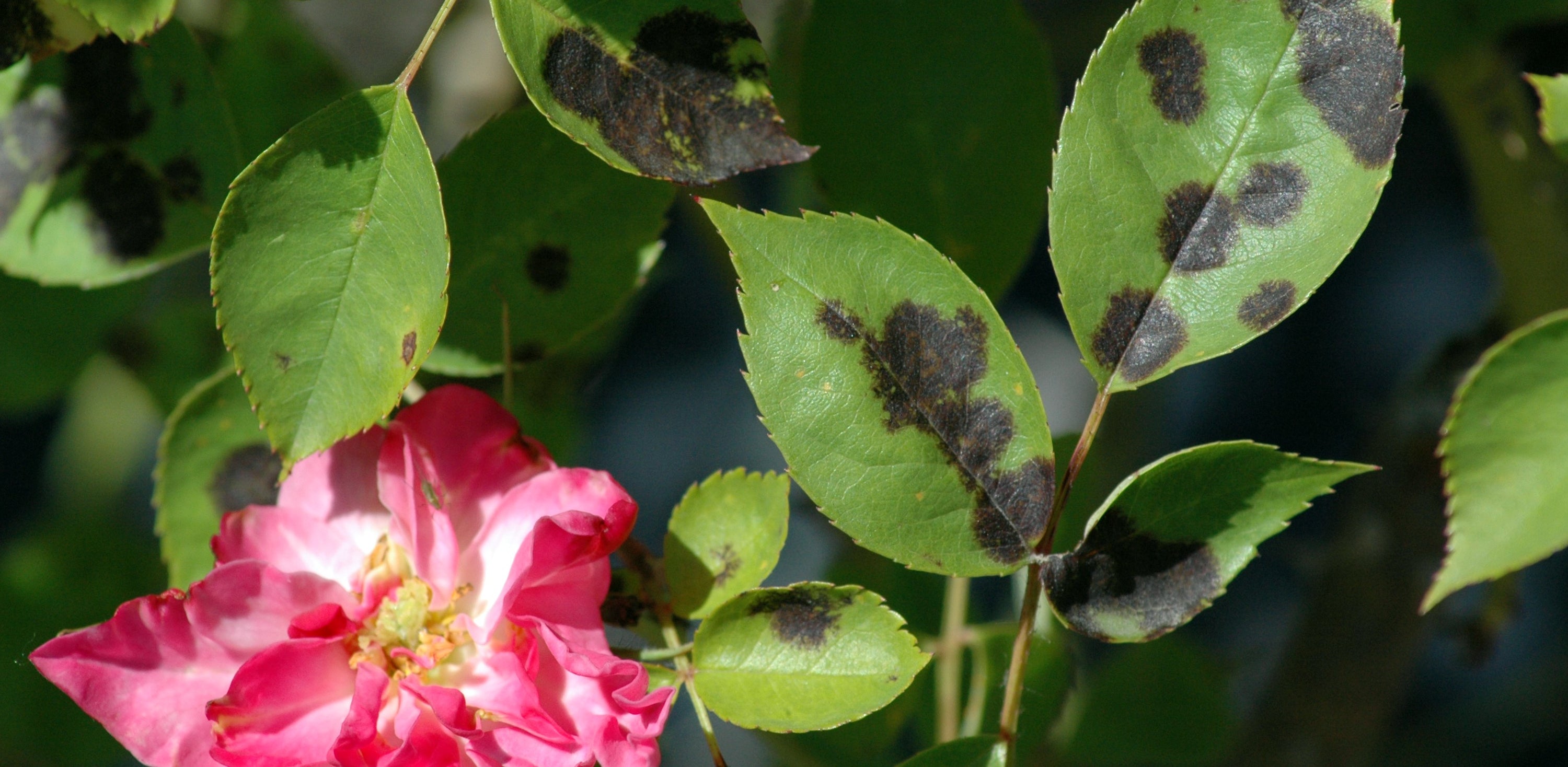
Black spot is a common fungal disease that affects roses and other plants in the rose family. It is characterized by black or brown circular spots that appear on the leaves of the plant. The disease is caused by the fungus Diplocarpon rosae, which thrives in warm (around 25C is perfect of spore germination), humid conditions.
Symptoms of black spot include:
- Black or brown circular spots on the leaves of the plant
- Yellowing and wilting of the leaves
- Stunted growth
- Defoliation (loss of leaves)
To prevent black spot, it is important to practice good cultural care for your roses. This includes:
- Planting roses in well-draining soil
- Providing adequate sunlight and air circulation for the plants
- Watering the plants at the base of the plant, rather than from above
- Pruning infected leaves and removing any fallen leaves from the ground
- Applying a fungicide according to the manufacturer's instructions we recommend
- Eco Fungicide
- Triforine
- Mancozeb Plus
If your roses are already infected with black spot, you can try removing and disposing of infected leaves and applying a fungicide. It is also important to practice good cultural care to prevent the spread of the disease.
The most important thing to remember with black spot is that it is that it will not kill your rose with proper treatment your rose will return to its former glory in no time.






